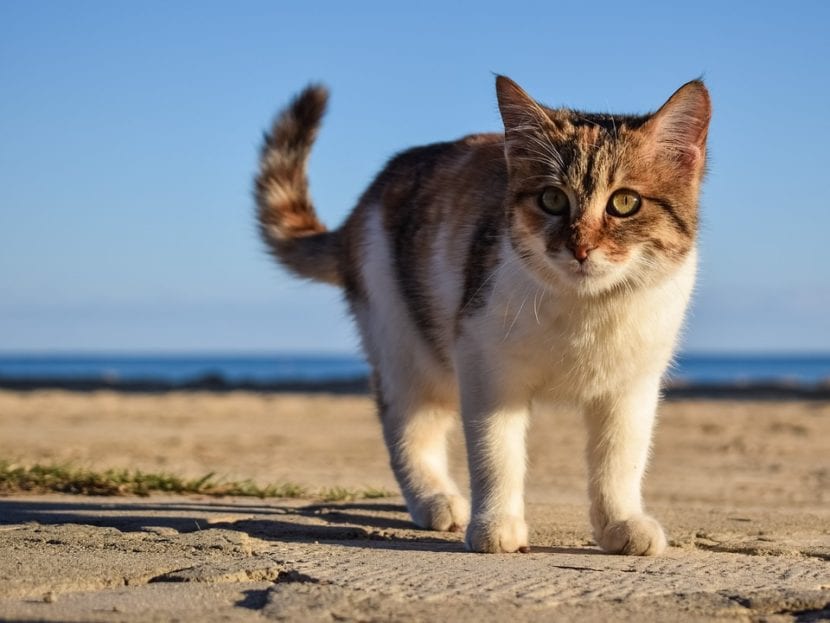
The body of the furry that lives with us was not designed for life inside. His skeleton, his muscles, his instinct ... everything belongs to a predator; that is, of an animal that hunts its prey and then eats it. Regarding the cat skullIt is a very, very important structure if not the most.
Have you ever wanted to see it? If you are also interested in knowing what its characteristics and function are, do not stop reading.
When I was looking for images to include in this article, the truth is that most of the ones I saw were in very bad taste, so I decided to take one from an X-ray:

Image - Wikimedia / Santamarcanda
This is that of an adult Siamese, in which you can distinguish the strong and short jaws, the bones that protect the brain and those that form the neck, as well as those of the nose.
If we talk about your clavicle, it is not attached to the shoulder joint, but remains independently attached to the muscles. Thus these furry can enter very small spaces.

The skeleton of felines, as we said, he is strong but also agile. It allows them to lead a hunting life, which is what they are, without their organs suffering from it.
To finish, if you are curious, you should know that the amount of bones that cats have and that we have is very similar: 244 have them, and 204 we have humans. Most of these additional bones are in the spine and tail, which is made up of between 19 and 28 bones depending on the breed.
As you can see, cats are incredible animals on the outside ... but also on the inside. They are perfectly adapted to life abroad as long as it is in the country and not in the city. Unfortunately, blocks, concrete, and vehicles are taking over everything, so often the decision not to let them out is the right one.